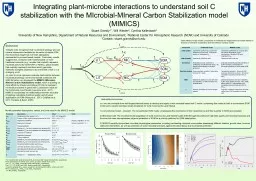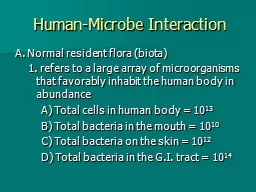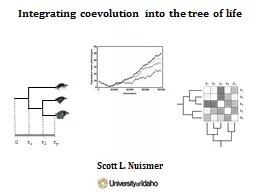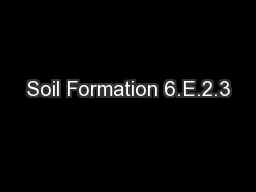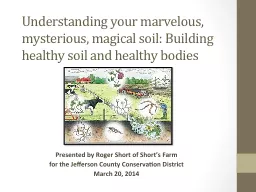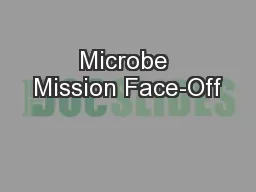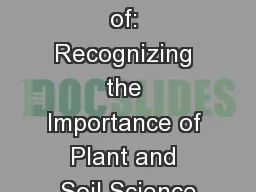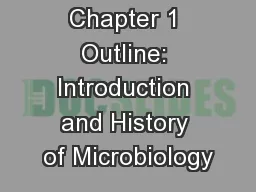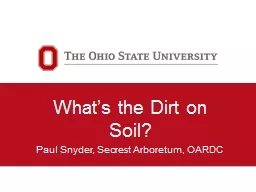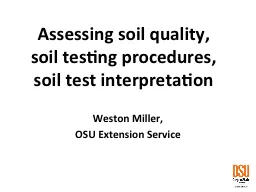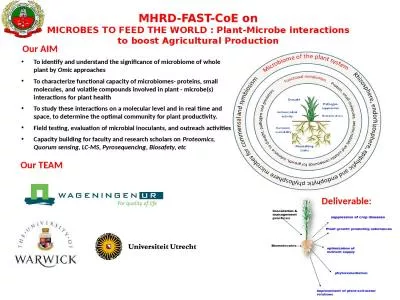PPT-Integrating plant-microbe interactions to understand soil C
Author : sherrill-nordquist | Published Date : 2016-11-20
Background Despite wide recognition that microbial physiology and soil mineral interactions facilitate the formation of stable SOM this theoretical insight has
Presentation Embed Code
Download Presentation
Download Presentation The PPT/PDF document "Integrating plant-microbe interactions t..." is the property of its rightful owner. Permission is granted to download and print the materials on this website for personal, non-commercial use only, and to display it on your personal computer provided you do not modify the materials and that you retain all copyright notices contained in the materials. By downloading content from our website, you accept the terms of this agreement.
Integrating plant-microbe interactions to understand soil C: Transcript
Download Rules Of Document
"Integrating plant-microbe interactions to understand soil C"The content belongs to its owner. You may download and print it for personal use, without modification, and keep all copyright notices. By downloading, you agree to these terms.
Related Documents

